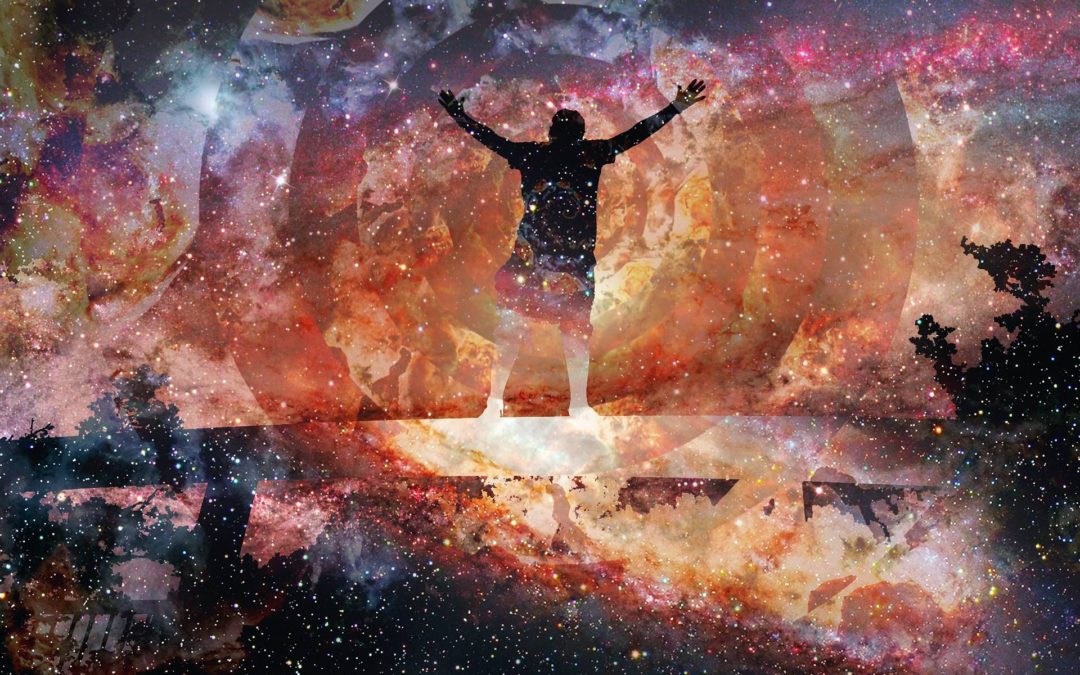Ketamine is often known for its use in veterinary medication, or as the “club drug” known as ‘Special K,’ but ketamine serves a very important purpose: as a breakthrough treatment for severe cases of depression, anxiety, PTSD and other psychiatric disorders.
Since the 1990s, ketamine therapy has grown in popularity as a depression treatment for those who have had little to no success with traditional treatments. The results are staggering, with 60-70% of patients reporting a reduction in their symptoms after their initial series of ketamine infusions. These impressive results—as well as those from other psychedelic-assisted psychotherapies (PAP)—are paving a way to challenge the stigma surrounding psychedelics, while bringing hope to a population of people who have had none.
What Ketamine Therapy Does to the Brain
Traditional depression treatments simply don’t work for the almost 4 million Americans suffering from treatment-resistant depression. These individuals have a higher number of impaired neural connections in the brain, called ‘synapses’, which ketamine therapy actually works to repair. However, ketamine targets many systems of the brain—and very quickly—which is why some patients experience mild dissociative feelings of being outside of their own bodies, minds, and surroundings while undergoing a ketamine infusion. While this experience is common in ketamine infusion patients, it is a sensation experienced differently by everyone. This leads to the main question most people ask: What does ketamine therapy feel like?
The Ketamine Experience
The following are descriptions of the ketamine infusion experience, from a few different patient perspectives:
During Treatment
Most people report that they experienced some sort of dissociative experience, beginning with feelings of relaxation, pain reduction, and a general feeling of sedation…or even slight euphoria. As an anesthetic with the psychoactive capability to rapidly rebuild synapses, this comes as no surprise. The most common side effects are mild, non-threatening hallucinations, during which people are able to “see” colorful versions of the past experiences that led to their depression. This is often the beginning of the healing process, where patients find clarity.
After Treatment
As ketamine continues to rapidly re-connect neural pathways, patients may initially experience feelings of euphoria and relaxation, without the dissociative effect. Patients have also said they feel invulnerable, armed with a level of confidence and renewed positivity they never experienced with previous treatments. While these feelings may only be temporary, it is often a drastic change from the symptoms they were experiencing just prior to treatment.
Long-Term Effects
After ketamine levels have stabilized, neural receptors continue to reset themselves, regulating mood, memory, personality development, and behavior. Patients who experience emotional breakthroughs during the infusion process are greeted with a new sense of clarity, and are more resilient to the situations that once triggered their depression.
What’s Next
While there is still much to be learned and discovered about ketamine therapy as a major depressive disorder treatment, there is no doubt that it is helping countless people heal from the gripping pain of their mental illnesses. If you’d like to explore the benefits of ketamine therapy for yourself, or think it may help a loved one, please contact Ketamine Greater Boston for a free consultation today.
![]()


Recent Comments